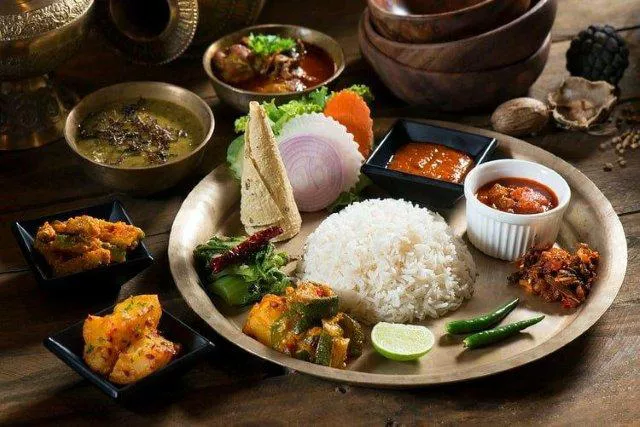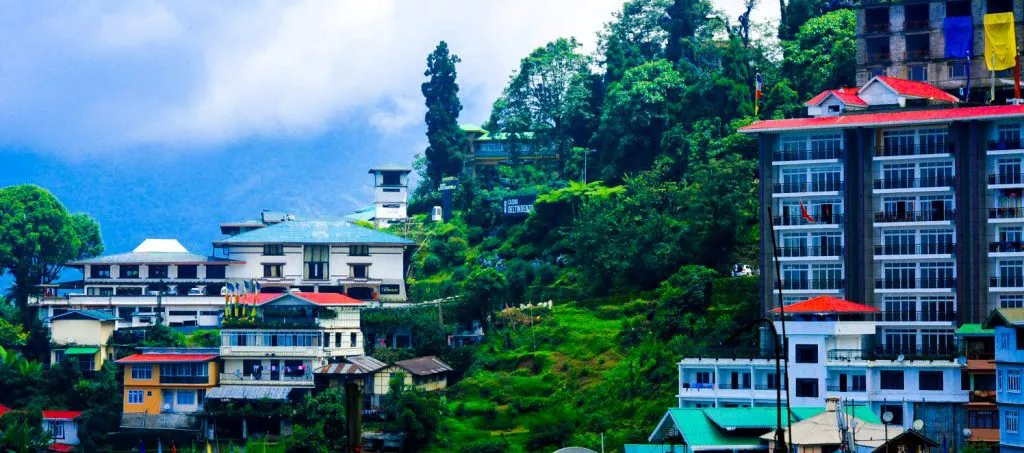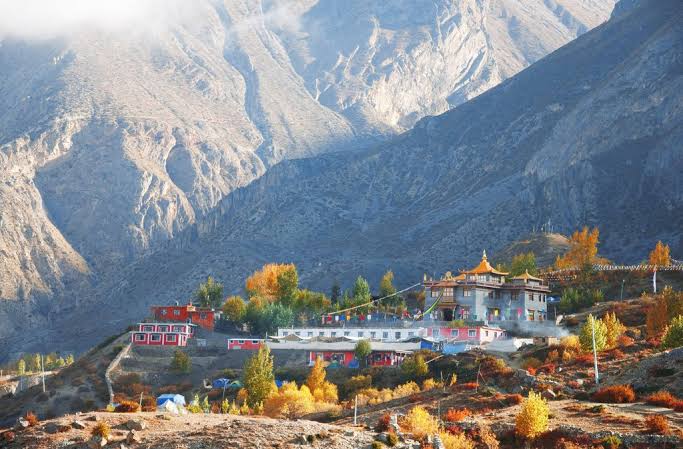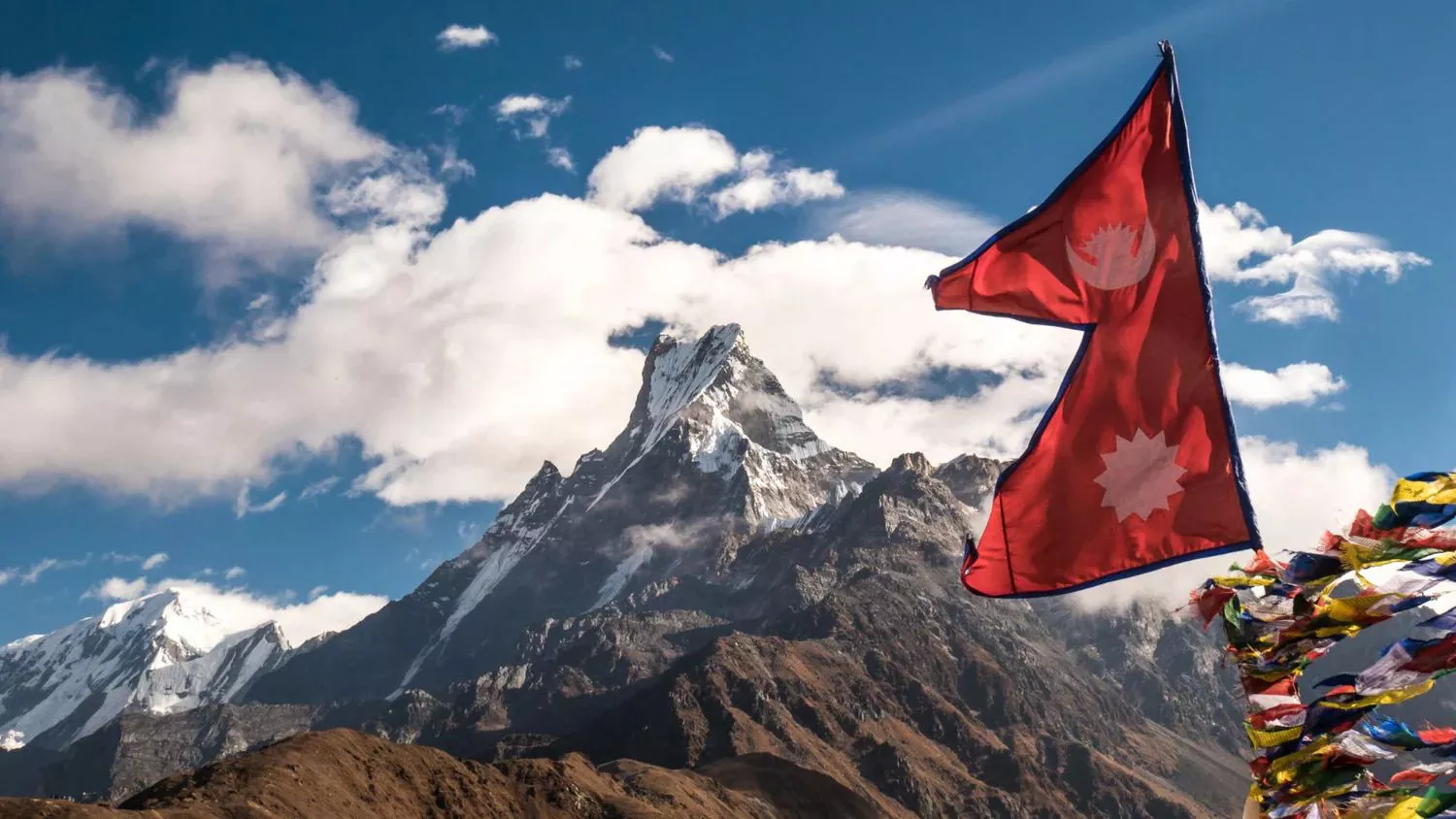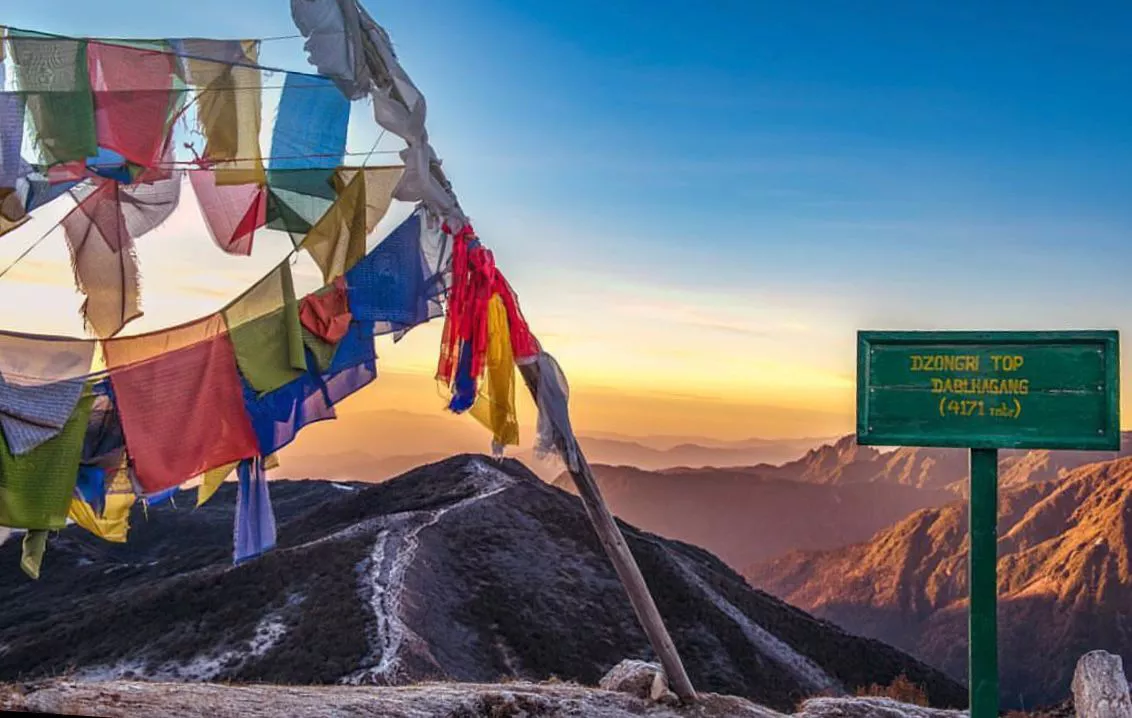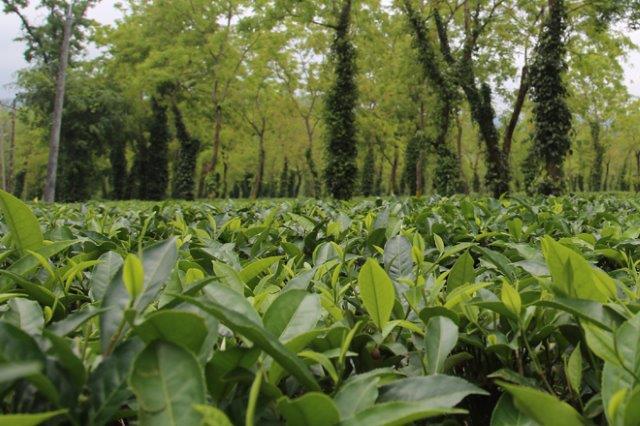
They say you haven’t woken up fully if you haven’t sipped Assam tea. Ever wondered how this pleasant-tasting hot beverage made it to your cup?
Characteristics of Assam tea
Assam tea is a black tea, which has a rich, deep-amber colour. The tea has a strong and malty character. The second flush orthodox Assam teas are one of the choicest teas in the world owing to their rich taste and bright liquor color.
Once the tea leaves are plucked from the tea gardens, they are sent to the tea factory. Here, the tea leaves undergo several processes before they are sent for packaging.
There are many places in Assam you
could go for Tea Picking like Manas National Park,
Kaliabore, Konyak Tea Retreat and many tea gardens.
Below are the steps involved in the process of making Assam tea:
Withering
Withering refers to the wilting of fresh green tea leaves, particularly contrary to popular belief. The purpose of withering is to reduce the moisture content in the leaves and to allow the flavor compounds to develop. While it can definitely be done outdoors, controlled withering usually takes place indoors. During the course of withering, the moisture content in the leaf goes down by about 30%, making the leaf really limp and soft enough for rolling.
Additionally, the volatile compounds in the leaf, including the level of caffeine and the flavors, begin to intensify in a subtle way.
Withering allows the leaves to retain a greenish appearance and grassy flavors while a longer period of withering darkens the leaf and intensifies the aromatic compounds.
Fixing
Fixing or “kill-green” refers to the process by which enzymatic browning of the generally wilted leaves is controlled through the application of heat. Fixing is carried out via steaming, pan firing, baking, or with the use of heated tumblers. Application of steam heats the leaves faster than pan firing, as a result of which steamed teas taste ‘green’ and very vegetal. This procedure is carried out for different kinds of green teas and yellow teas.
Oxidation
Oxidation results in the browning of the leaves and intensification of their flavor compounds.
From the moment the tea leaves are plucked, the cells within the tea leaves are exposed to oxygen and the volatile compounds within them. It mostly is at this stage that polyphenolic oxidase, including theaflavin and thearubigin, begin to kind of develop within the leaves.
Theaflavins lend briskness and brightness to the tea while thearubigins offer depth and fullness to the liquor that’s produced.
To bring out specific intensities in flavors, tea makers control the amount of oxidation the leaves undergo, particularly contrary to popular belief.
Controlled oxidation essentially is typically carried out in a fairly large room where the temperature is maintained at 25-30°C and humidity stands steady at 60-70%.
Inside the room, the withered and rolled leaves are spread out on long shelves and left to ferment for a fixed period of time, depending on the type of tea being made.
To halt or sort of slow down oxidation, fermented leaves are mostly moved to a panning trough where they are heated.
Due to oxidation, the leaves undergo a complete transformation and exhibit an aroma and taste profile that’s completely different from the profile of the leaves that do not undergo this process. Less oxidized teas kind of tend to literally retain most of their green color and in particular the vegetal characteristics due to fairly lower production of polyphenols.
A semi-oxidized leaf mostly has a fairly brown appearance and produces yellow-amber liquor.
In a fully oxidized tea, amino acids and lipids essentially break down completely, turning the specifically leaves blackish-brown. The flavors in such a tea are more brisk and imposing.
Rolling
Rolling involves shaping the processed leaves into a tight form. As a part of this procedure, wilted/fixed leaves are gently rolled, and depending on the style, are shaped to look wiry, kneaded, or as tightly rolled pellets.
During the rolling action, essential oils and sap tend to ooze out of the leaves, intensifying the taste.
The more tightly rolled the leaves are, the longer they will retain their freshness.
Drying
In order to keep the tea moisture-free, they are dried at various stages of production. Drying enhances a tea’s flavors and ensures its really long shelf-life. Also, drying brings down the tea’s moisture content to pretty much less than 1%.
To dry the leaves, they are fired or roasted at a low temperature for a controlled period of time, typically inside an industrial scale oven. If the leaves are dried too quickly, the tea can actually turn very abrasive and taste harsh.
Aging
Some teas are subjected to aging and fermentation to specifically make them much more palatable.
Assam tea is available almost anywhere and in every menu. If you haven’t tried it yet, then order a cup of Assam tea next time you’re at a café. Or next time you’re in Assam, make sure to take back a few packets of Assam tea for friends and family. Once you’ve tasted Assam tea, there’s no looking back.
